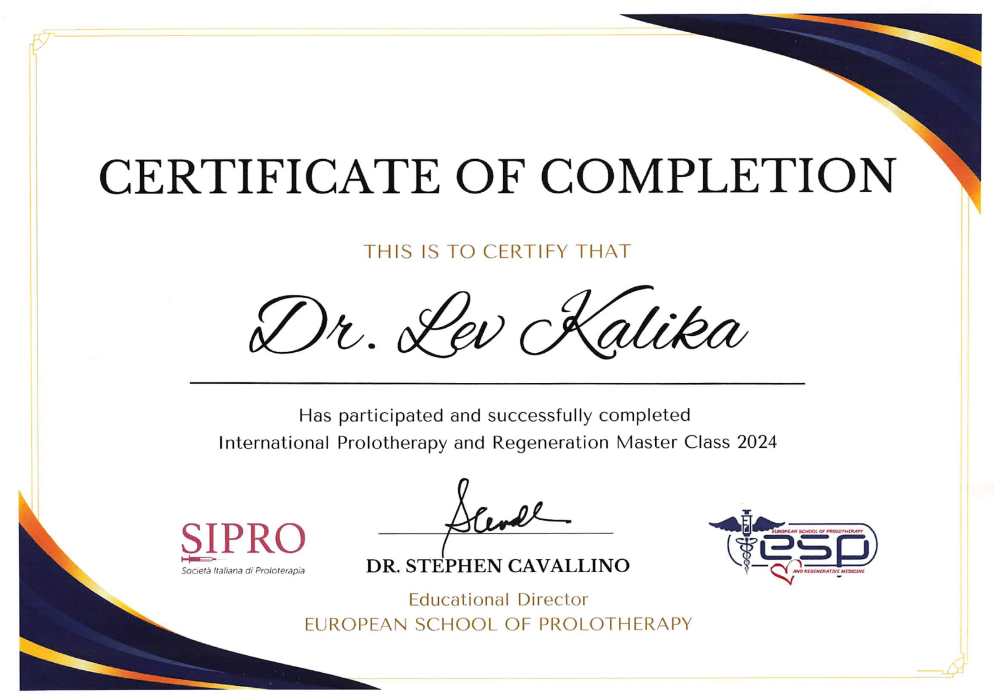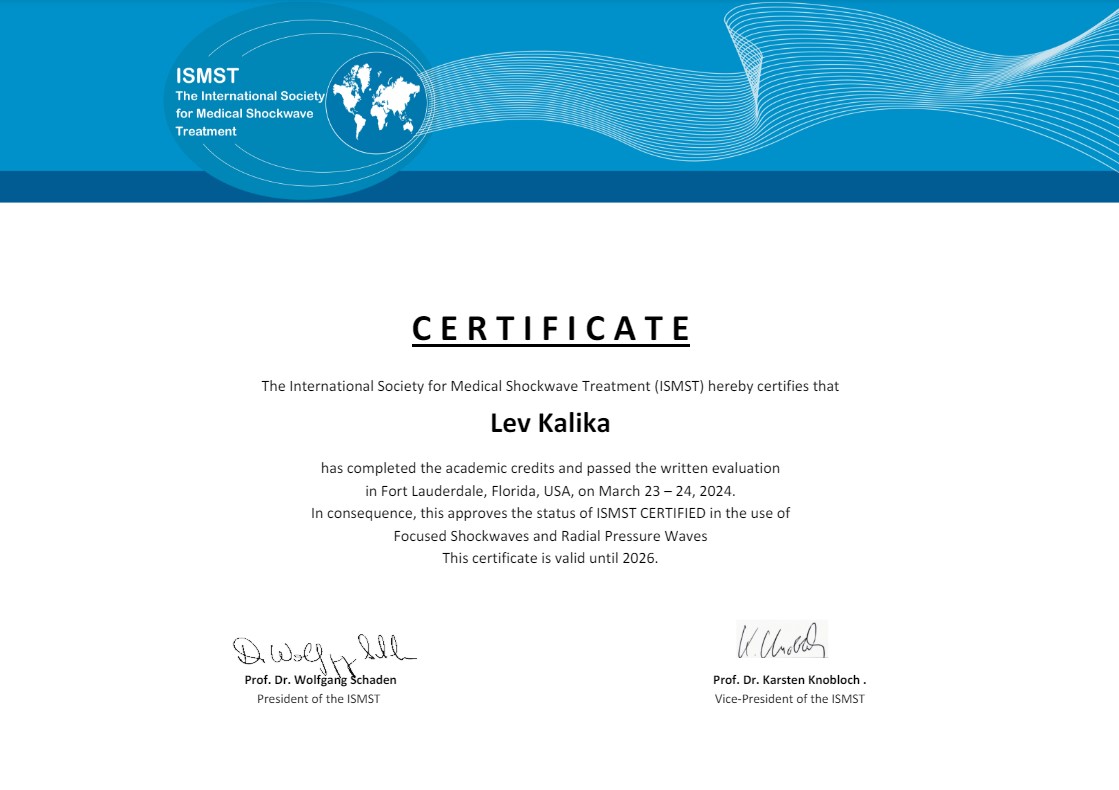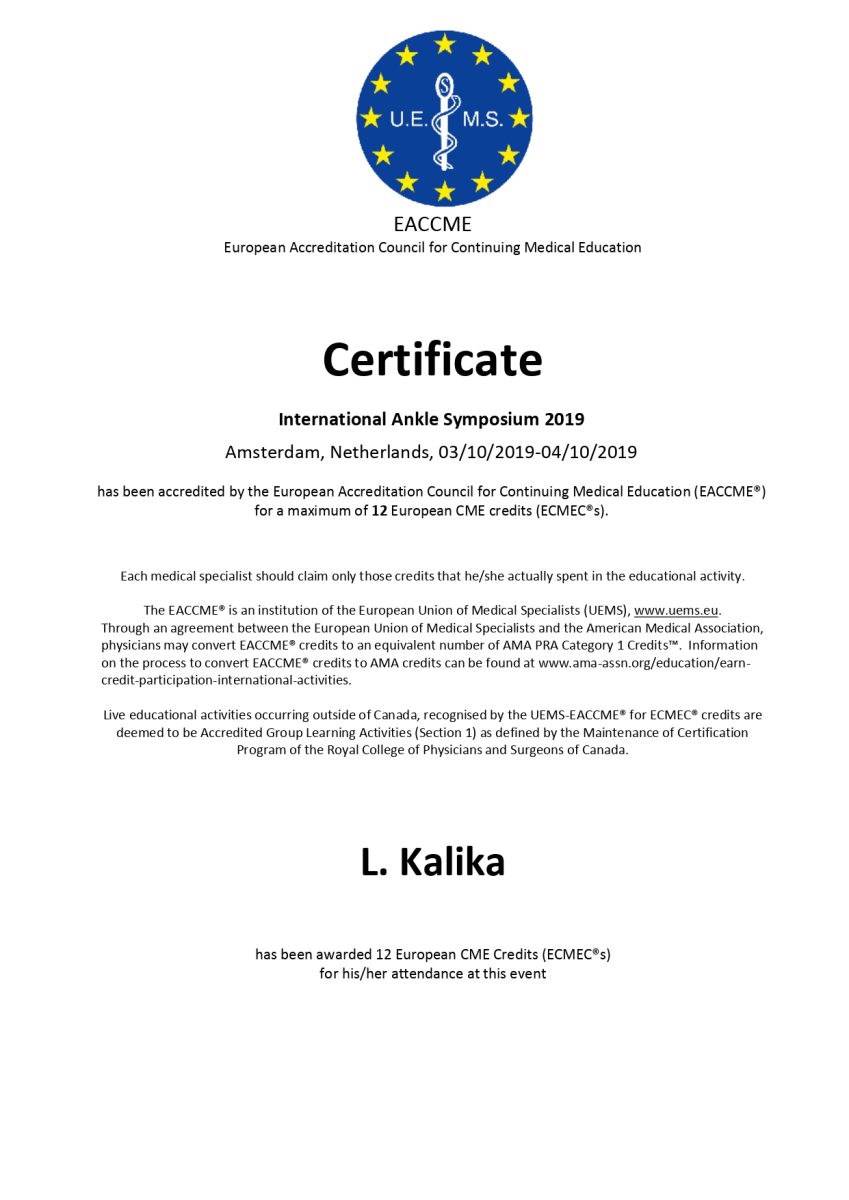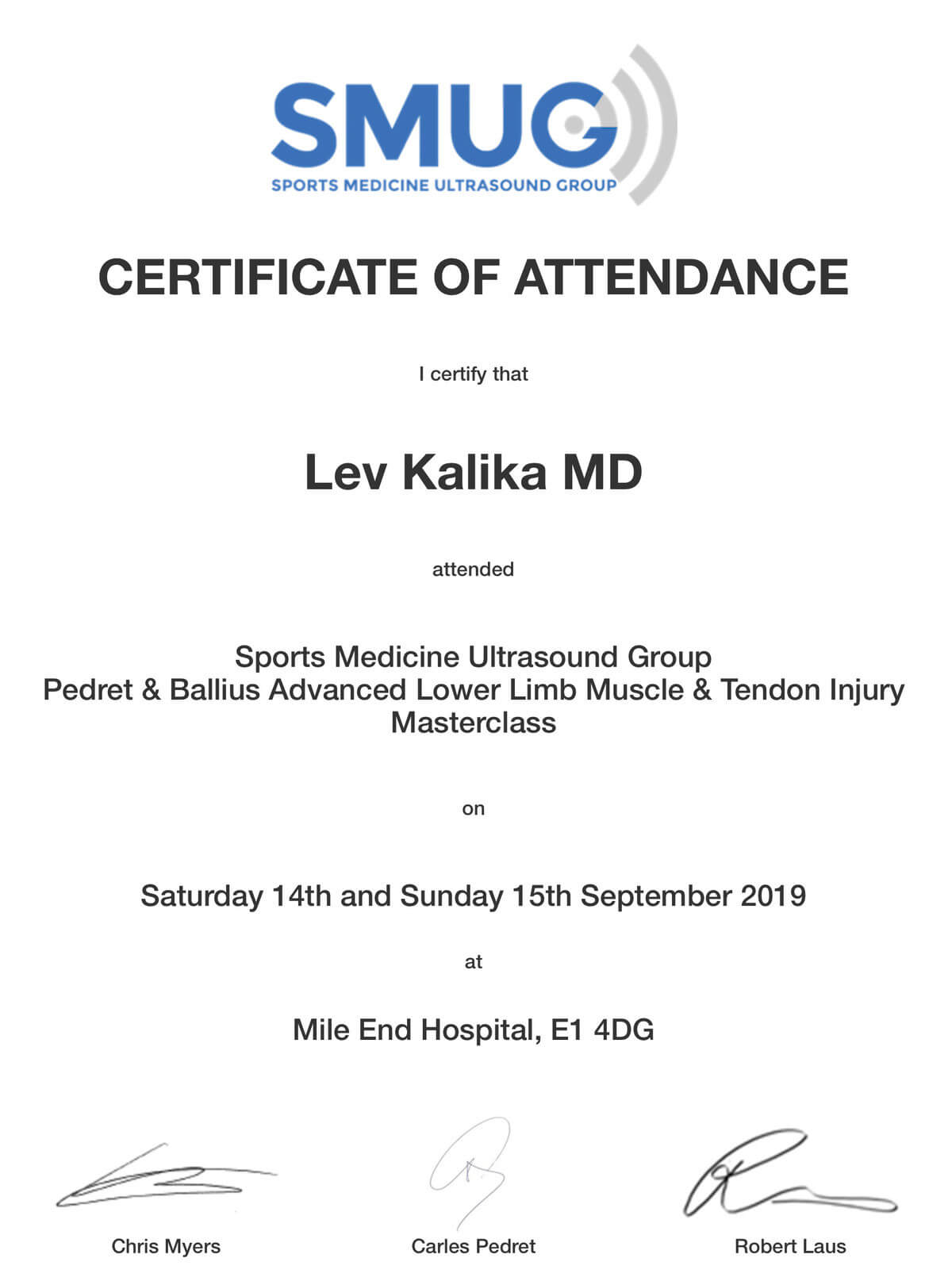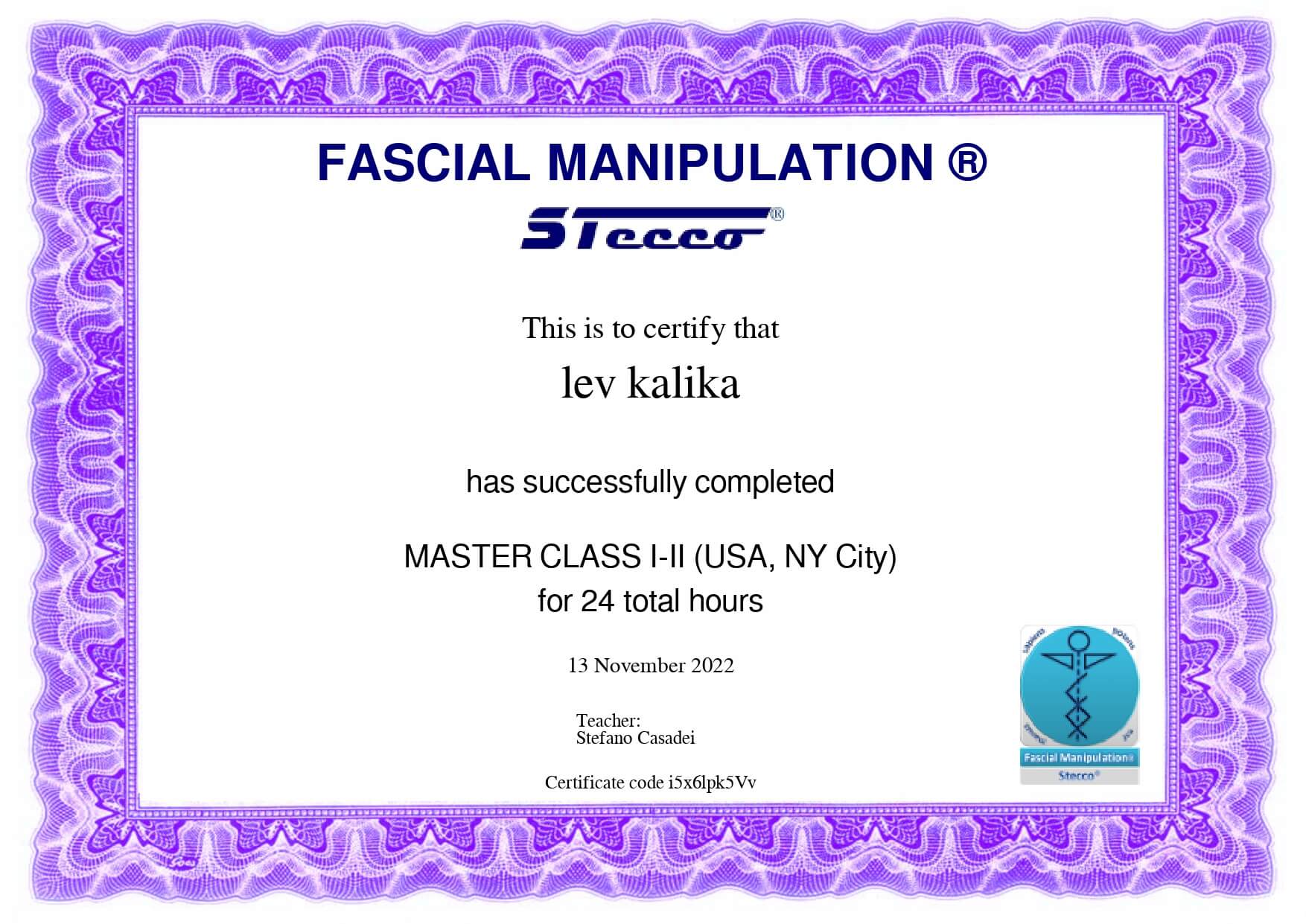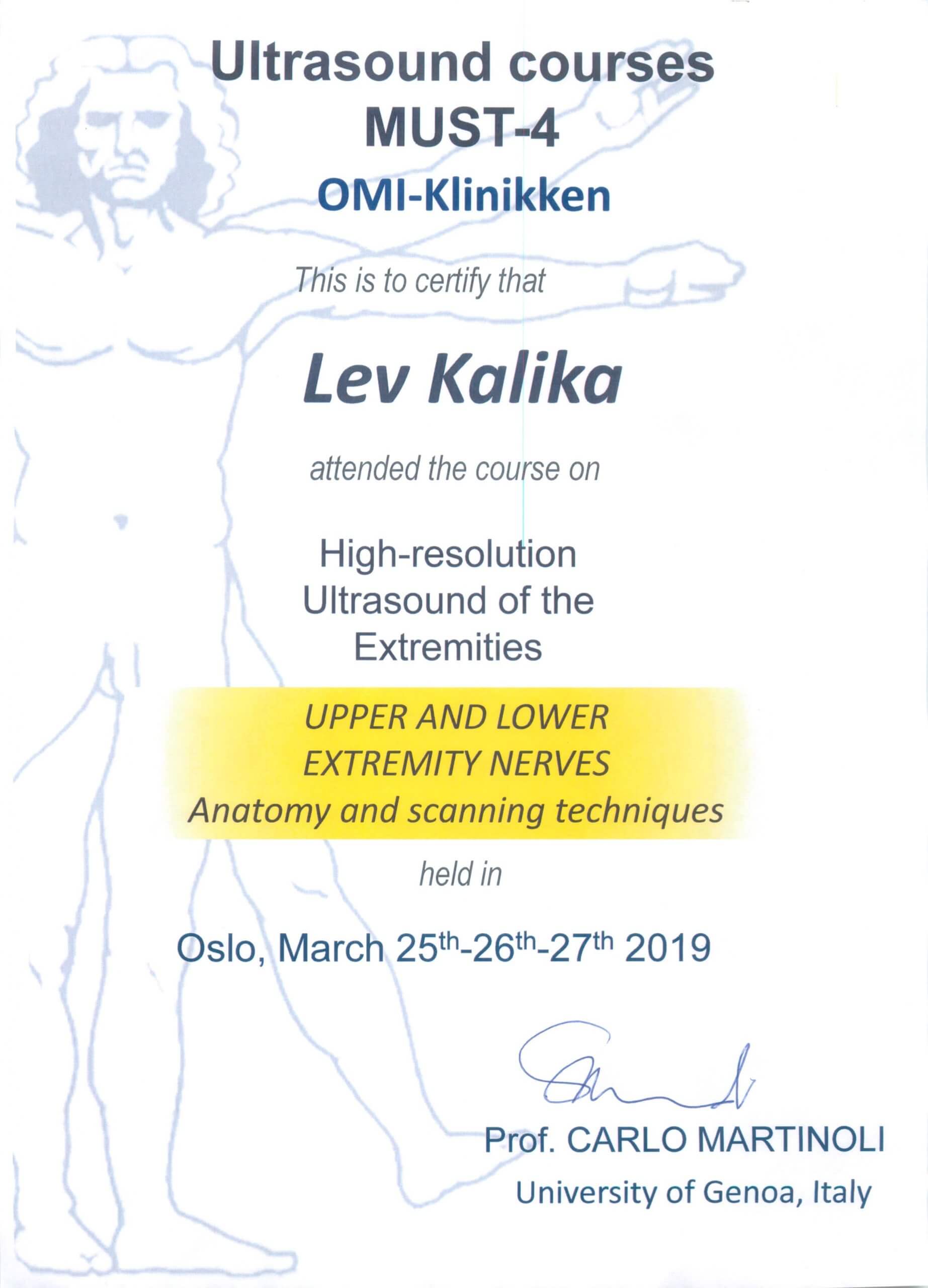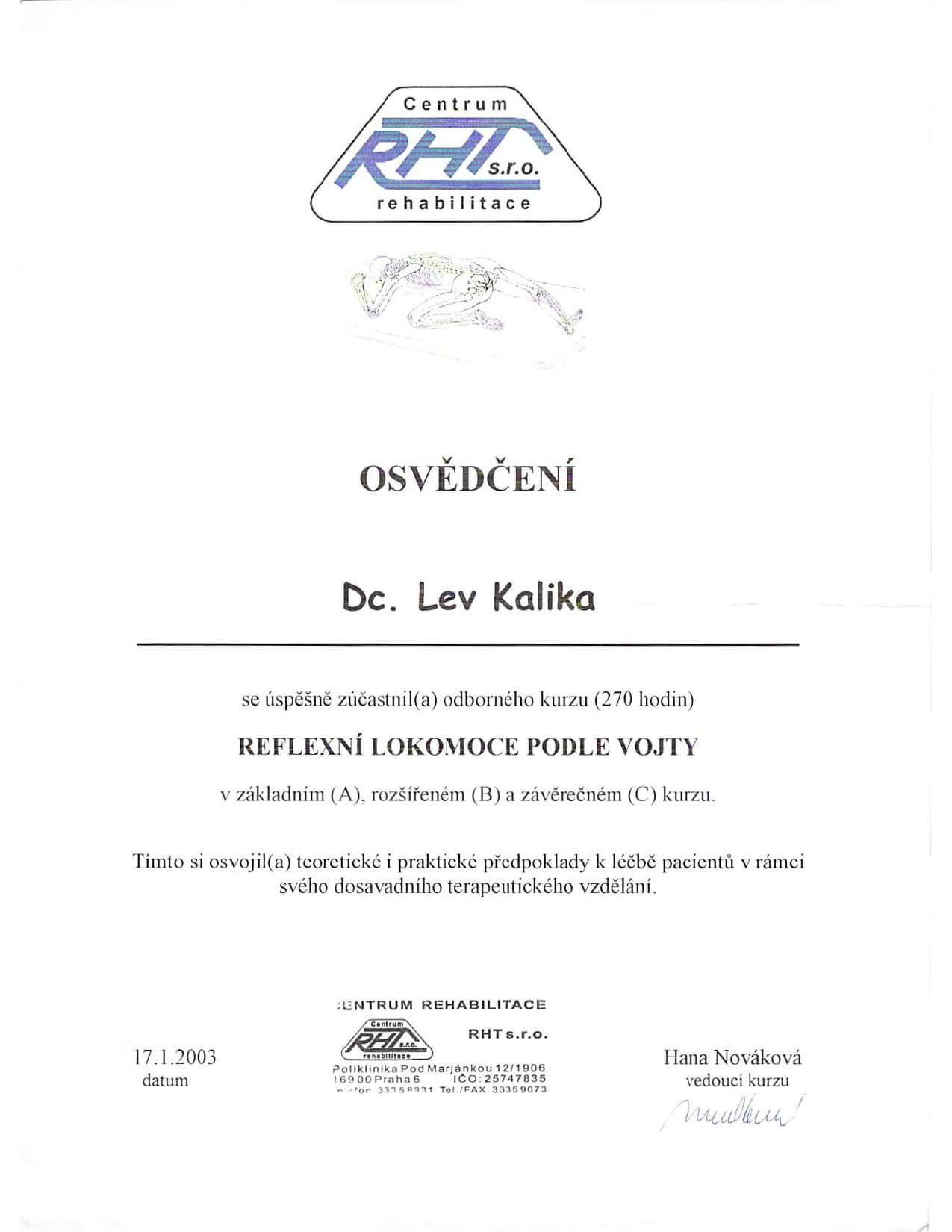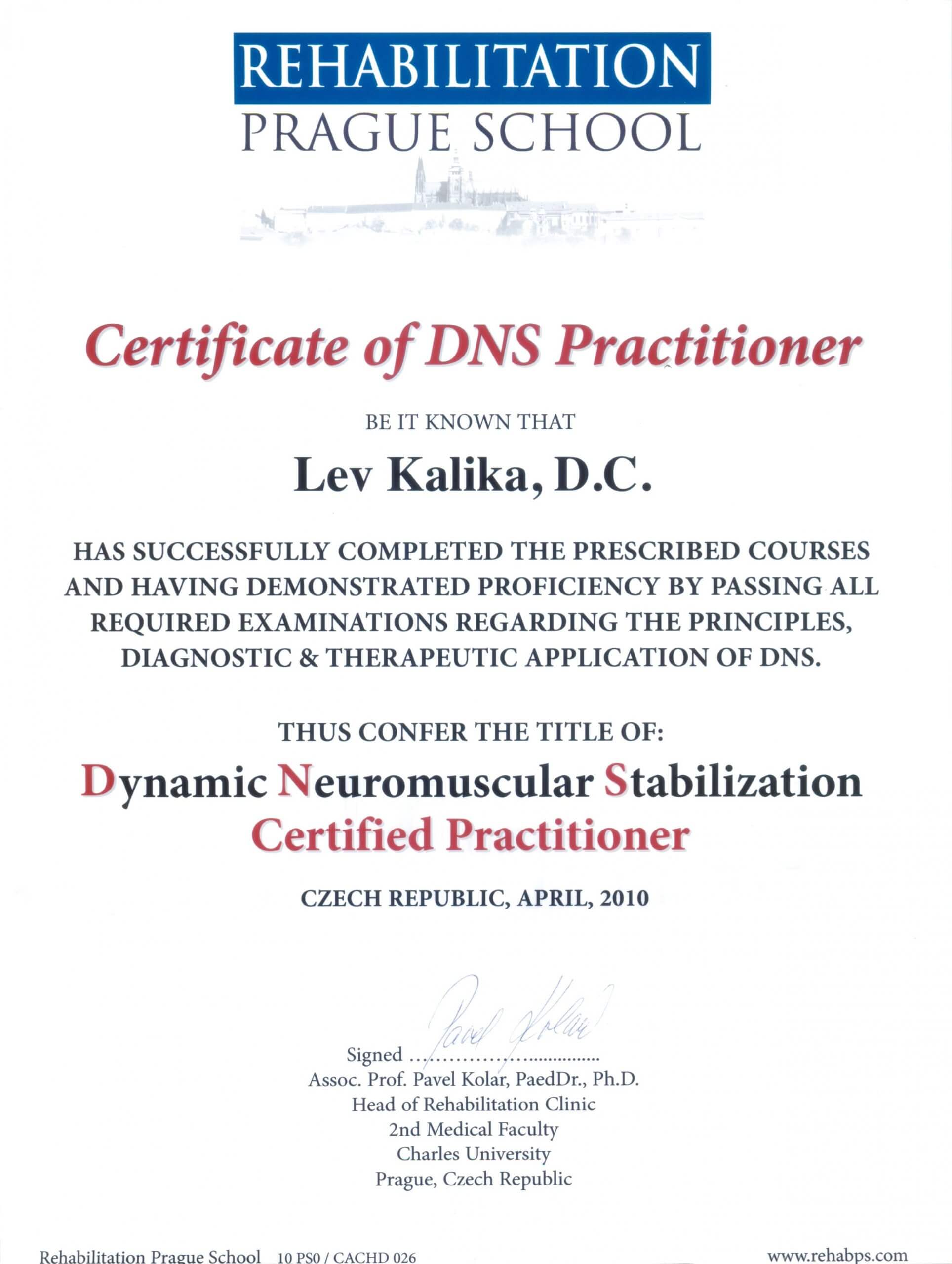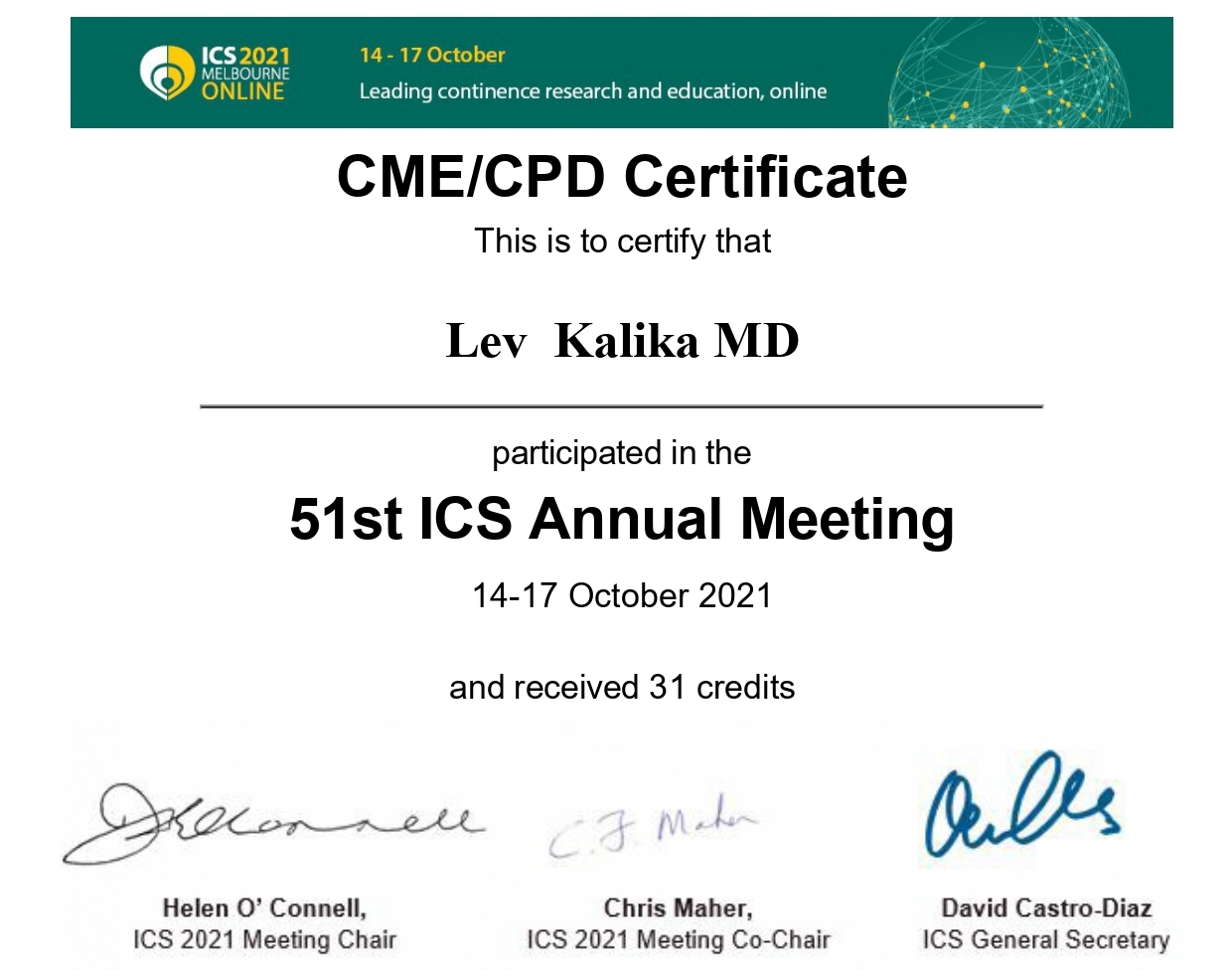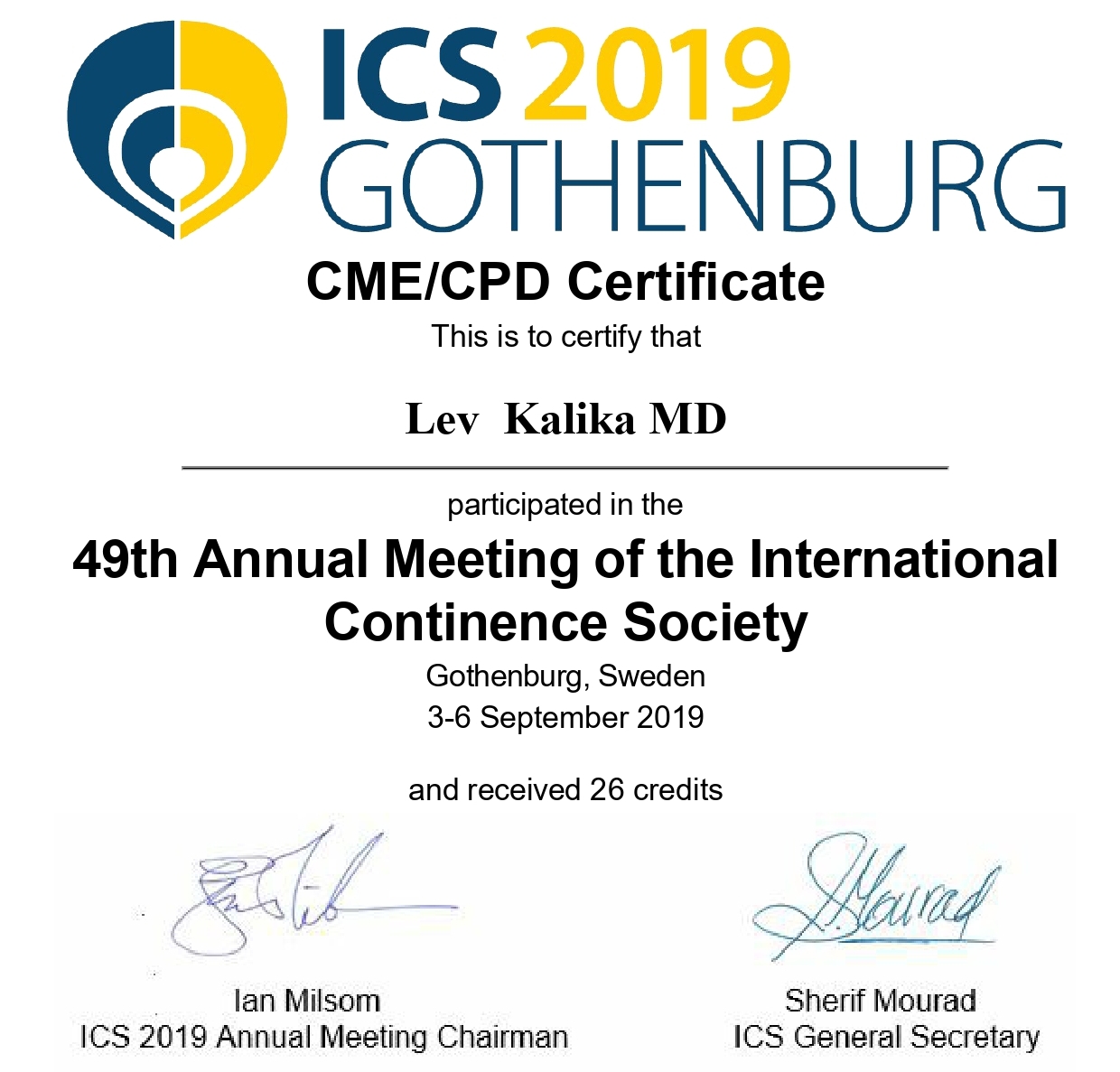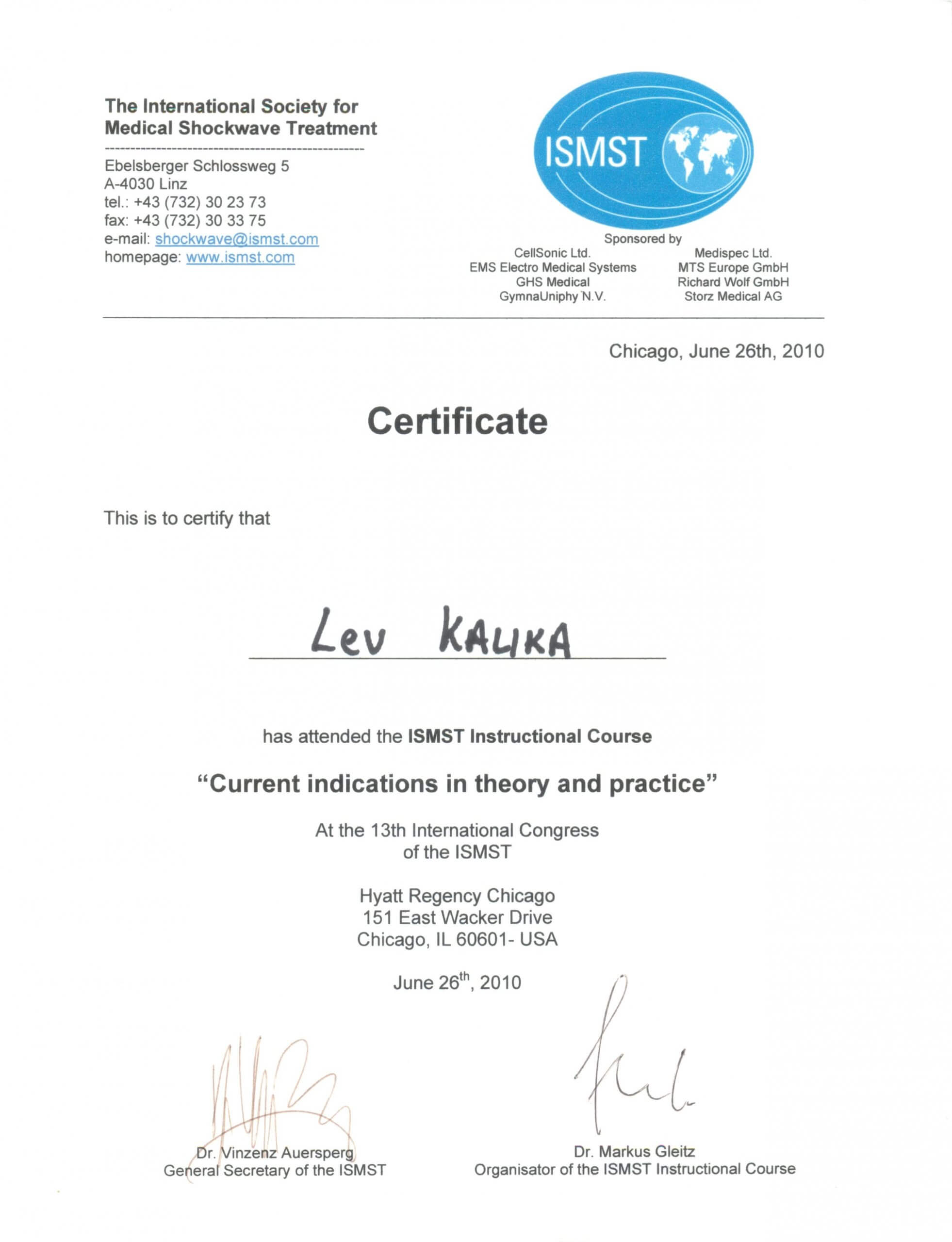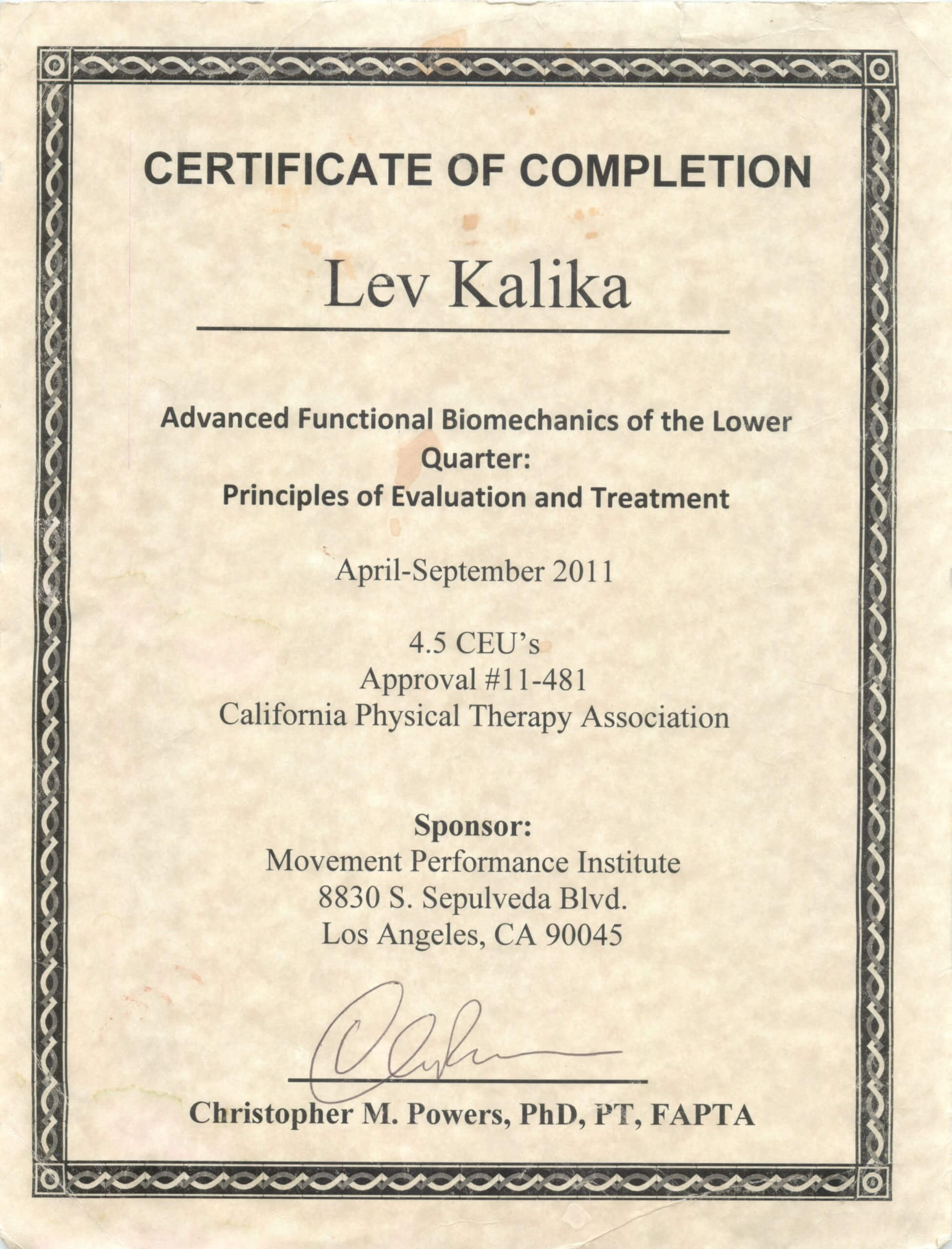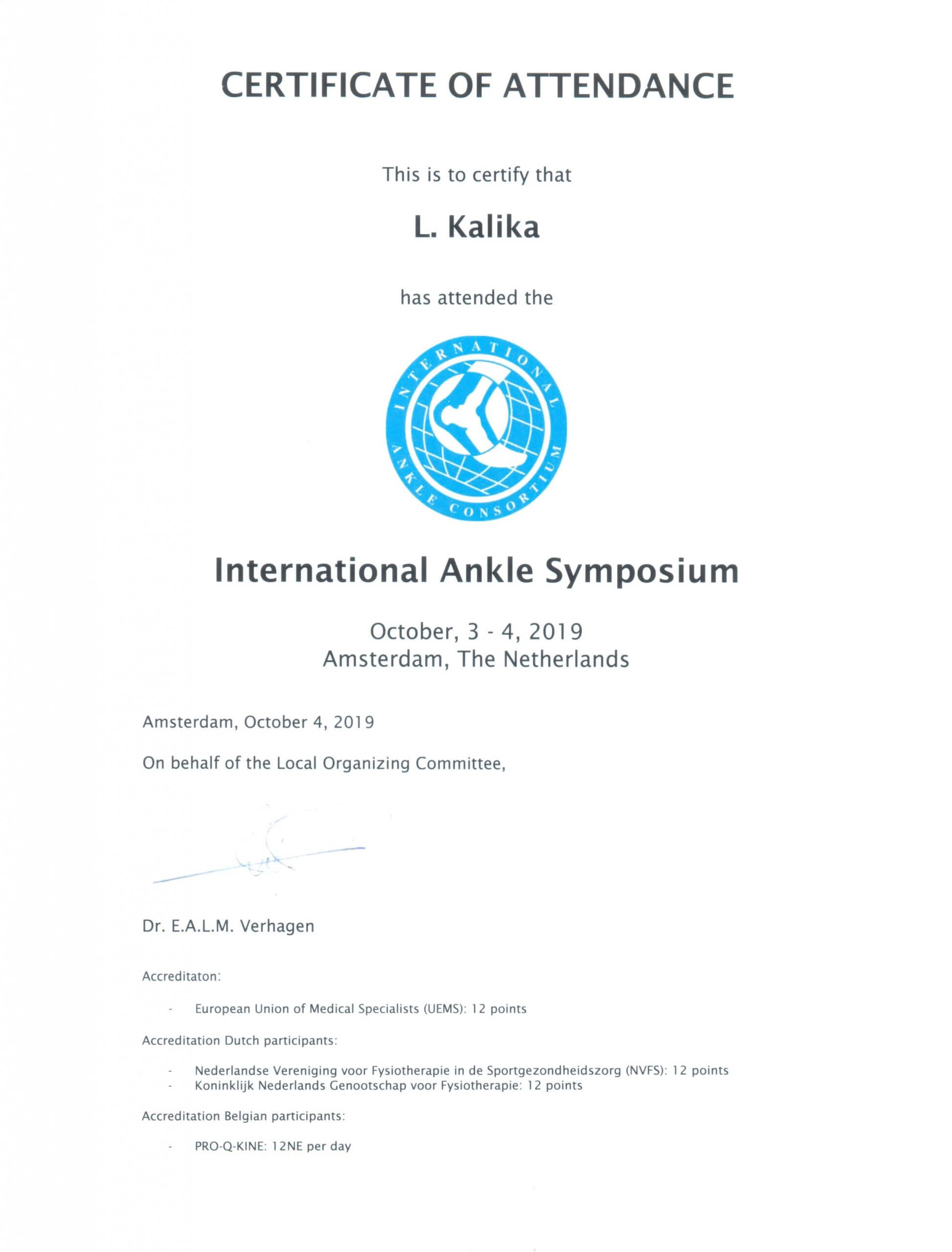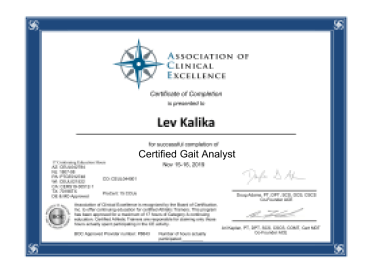Many people assume that once they arrive at a certain age, physical decline is inevitable, bringing with it increasing numbers of doctor visits, medications and reduced mobility. Sadly, we live in an age when we have entrusted our personal health to medical practitioners whose scope of treatment entails mostly drugs and surgery. However, a new program in the UK is helping adults with hip pain take control of their health once more and get a new lease on life.
CHAIN, an acronym for “Cycling Against Hip Pain” is a six-week physical rehab program gaining popularity in the UK for its success in helping older adults with hip pain avoid surgery. The program’s creator, Professor Robert Middleton, proclaims the CHAIN program to be the “go-to first line of treatment for hip pain.” With over 70 percent of participants reporting reduced pain and delaying surgery, the UK’s NHS has lauded the program as money-saving, freeing up hospital beds and empowering patients to manage their own health.
CHAIN is more than just an exercise program. It is a patient education and lifestyle modification program that helps adults manage hip pain and make better daily choices for improved health. The program is based on guidelines established by NICE, the UK’s National Institute for Health and Care Excellence, for managing osteoarthritis. The guidelines call for muscle strengthening, aerobic exercise, and education as core treatments for osteoarthritis. The program’s success has prompted consideration of CHAIN treatment for additional conditions.
Many painful joint conditions are not the result of aging, but rather stem from modern lifestyles that entail hours of sitting with little physical activity. Older adults with back, knee, hip and shoulder pain can benefit from becoming more active, and performing exercises designed specifically to relieve pain and improve function.
If you are suffering from joint pain in your back, hips, shoulders, knees or anywhere else in your body, don’t assume you need drugs and surgery. Our Manhattan physical therapy clinic offers the latest technologies and innovative therapies to help you relieve pain, restore function and improve health and wellbeing. The physical therapy team at NYDNR is dedicated to giving you the very best care and treatment, so you can enjoy a full and active life.








